Fiberglass cloth, glued to drywall, increases the strength of the finish, protects the surface from cracks. Such a layer is necessary to maintain integrity, therefore, the cost of quick repair of the ceiling or walls is excluded. A practical and easy procedure, you can change the color as desired, creating a new style of the room.
Fiberglass for drywall
Translucent and thin canvas is called differently painting cobwebwhere small glass strands are randomly intertwined into a single base. The elements are held together with organic resins, and the raw material is quartz sand... The cobweb is sold in rolls 50 meters long and 1 meter wide.
A variety of fiberglass for ceiling and wall
Rolls can be glued to the gypsum board for subsequent coloring or as a base for wallpaper... In any case, the reinforcing fabric will serve as a reinforcing layer so that the finish will be preserved for many years.
Sell on the market three kinds of fiberglass material:
- Ceiling. The density is 25 mg / m², so a square of glass fiber will weigh 25 g. If the ceiling is even, the spider web is painted without putty, which increases paint consumption.
- Universal. Has a density of 40g / m². The best option in terms of quality in relation to an acceptable cost. They are used on walls and vertical surfaces, as well as on problem ceilings. The layer can withstand a small mechanical load: impacts, pulling through.
- Dense material with an indicator of 50 g / m². The layer hides existing cracks and limits the appearance of new ones. Withstands heavy loads, therefore it is used in public places, industrial premises.
The canvases have a translucent white color, they are not visible even through one paint layer without putty.
On the Russian market there are products of brands: Swiss and German Wellton, FinTex, FitGlass from Finland, Dutch Nortex, Czech In-tex Esta. Famous brands use natural raw materials, use specially developed and proven technology.
Terms of Use
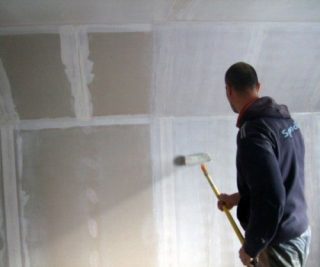
The room must be at a temperature + 10 ° - + 25 ° Сif fiberglass is glued for painting. Drywall technology assumes no drafts, closed windows and doors. Limit direct sunlight on the work surface.
When finishing take into account nuances:
- creating a perfect surface after gluing;
- careful processing of holes from self-tapping screws, sealing joints, masking cracks;
- putty over the entire area of the fiberglass layer;
- compulsory painting according to technology.
The conditions provide for the correct storage of the material. To obtain a high-quality coating, the fiberglass is leveled over the entire surface.
Fiberglass is placed on the walls and ceiling using special glue, after that it is recommended to putty, paint or wallpaper.
Fiberglass Sticking Methods
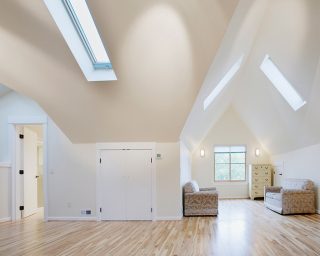
When gluing, experts recommend take into account the direction of the rays of artificial lamps and the natural flux of light from the windows, because with any method of applying a cobweb on the plane, the joints become visible.
there is two sticker options:
- Between the edges of the strips a gap of 3 mm remains... After drying, the gap is cleaned and putty, then sanded again with nets or fine emery before painting. In this case, the heterogeneity of the texture will be visible under the layer of paint.
- Placing stripes without the slightest gap - end-to-end. Even a minimum overlap of 1 - 2 mm is allowed. The coloring of the longitudinal sections is carried out without treatment. When viewed at right angles, the surface is no different, but oblique rays reveal the joint.
The most acceptable method is gluing the rolls end-to-end, while the entire surface of the ceiling or wall is putty, cleaned and painted.
Tools for the job
The process is simple, does not require special skills, the work resembles gluing wallpaper, therefore, use the appropriate tools. The necessary measurements are made with a tape measure, cuts are marked on the strips with a pencil or a construction knife. A plumb line is used when marking strips on the wall, on the ceiling they use the rule.
Others instruments:
- a brush for priming, spreading glue;
- rubber roller for glass wallpaper rolling;
- corner and suture bead;
- foam sponge - to remove glue on the seams of the canvas.
The material on the walls and ceiling is trimmed with a knife, which is led along the edge of the placed wide spatula (from 60 cm). To putty the seams or the entire plasterboard ceiling, you will need spatulas, a stripping machine, and diamond nets. They paint the surface with a roller, work out problem areas with a small brush.
Adhesive selection
Experts advise purchasing special formulations, which are intended for fiberglass cloth. Many dry adhesives contain starch, which reduces the adhesion of the glass fabric to the surface to be glued. The correct mix contains all the ingredients for a good adhesion.
Most popular brands:
- Wellton;
- Pufas;
- Bostik;
- Oscar.

Wall decal
The room shouldn't be big humidity, the indicator is allowed not more than 60%.
Preparing the wall includes stages:
- removing the old layer, cleaning from glue, debris;
- surface priming, sometimes plastering is required if there are too large irregularities;
- installation of drywall on a frame or glue;
- sealing seams with serpyanka on putty, cleaning.
Canvas glue is prepared according to the instructions. To make it convenient to work with strips, they are cut lengthwise into pieces. The mixture is applied to the back of the fiberglassa, they coat the edges well. Work starts from the corner, then gradually move to one side. The canvases are straightened, the air is removed with a roller.
Drying takes about two days, then the edges overlapping the frieze, adjacent walls, are trimmed. Putty only the joints of fiberglass (for wallpaper), or pass the solution over the entire surface (for painting). The fiberglass will absorb the paint, so the surface without putty will need to be passed several times. The solution on the surface will reduce paint consumption, this is especially important for expensive types of paints and varnishes.
Dyeing process
The work is simple, but you need to choose the right paint. Buy quality compounds with good covering ability.Low-grade materials will require more recoating to obtain a perfect surface, and an extra 2 - 3 paint passes will increase the total finishing time by two to three days.
Choosing paints:
- water-based;
- acrylic;
- silicone;
- latex.
If the surface is painted without putty, thick compounds are used. A roller is used, and where it does not pass, a brush is used. The paint is poured into a cuvette with a shelf on which the roller is squeezed. The tool helps to evenly apply the composition, reduces material consumption.
Potential problems and follow-up care
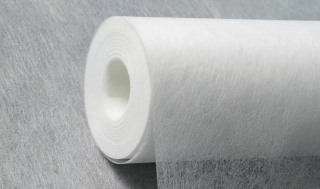
Professionals advise additionally fix the fiberglass, spreading the liquid glue, and passing it over the entire plane after the sticker. This way you can avoid peeling, unfolding the edges.
Features of work:
- carefully treat the surface with putty, the appearance and other characteristics of the surface depend on it;
- it is better to use fiberglass glue containing antiseptics against mold and mildew;
- pieces are cut no more than two meters long;
- use a respirator, goggles and rubber gloves to prevent fine dust from entering;
- before work, determine the seamy side and the face of the fiberglass.


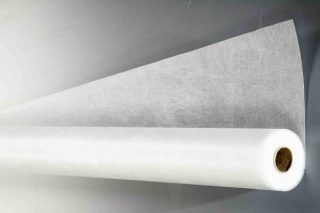
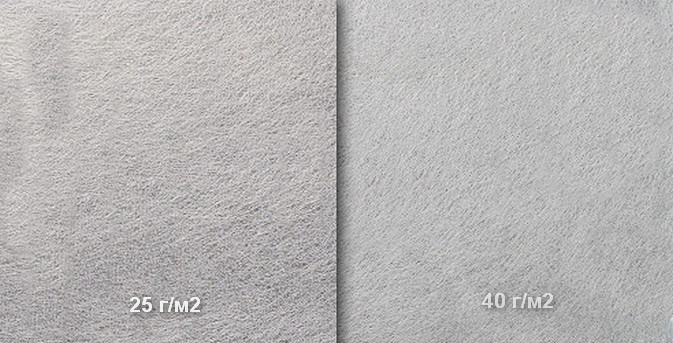
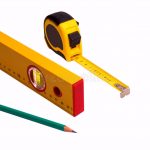
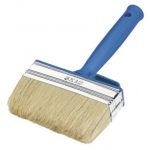
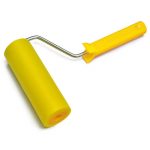
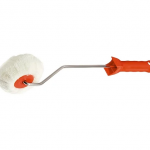
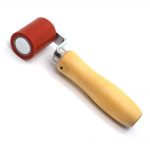
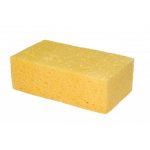
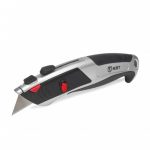
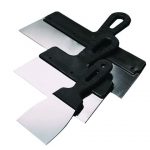
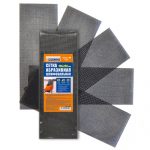
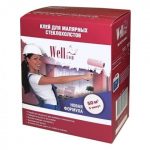

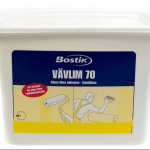
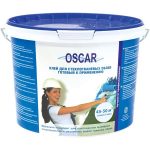
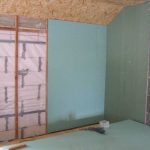
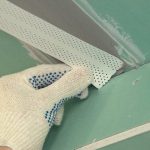
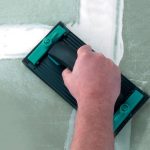
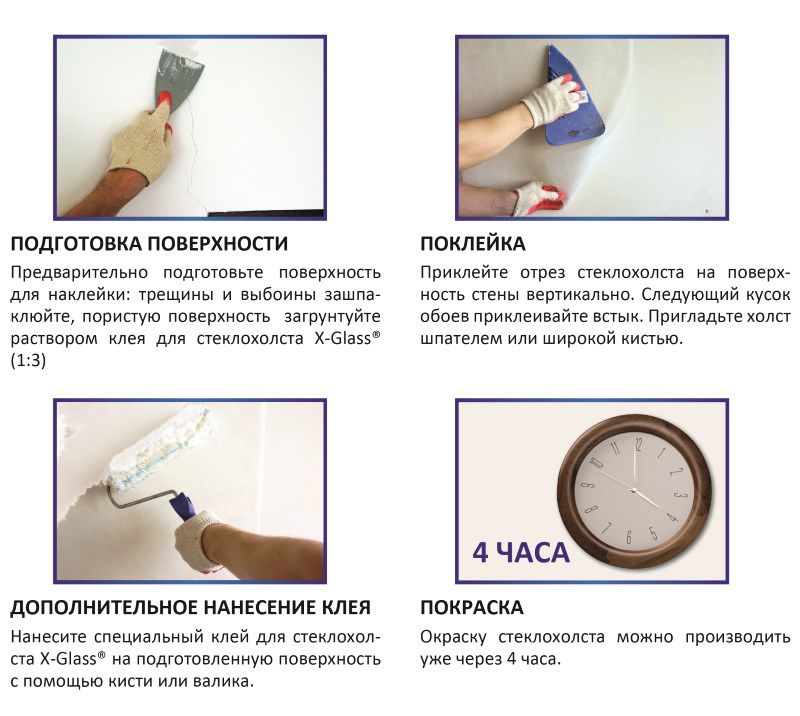
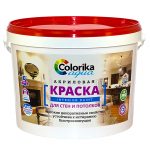
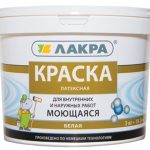
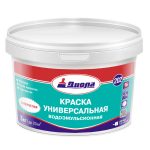
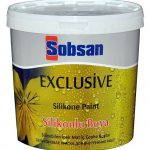








a quote from your article: with any method of applying a cobweb on a plane, the joints become visible. "
What can I say ... the article was written either by a copywriter who did not hold the canvas in his hands or the workers do not know how to work with it. Not when the seams of the canvas are not visible, if everything is done correctly.
Let me disagree. We believe that the seams will be visible in any case and we need to work with them further. Everyone has their own vision, maybe we will see the seams from your work, but you won't notice ours with your own eyes =)
Forgive me, but your article is an instruction on how to do it. According to points 1) a tool all you need is a brush (or a roller) + 2 metal spatulas (100 and 300-400 mm), a construction knife is strictly prohibited. 2) gluing: we apply glue sparingly on the wall, apply the strip and press and level with a wide spatula, squeezing out excess glue from under the strip, again apply the glue to the already glued strip and again remove the excess, this will greatly simplify the work on further finishing the second and all subsequent strips are glued with an overlap of 3-5 cm and a spatula of 100 mm (just with a spatula and in no case with a knife) we cut the abutting strips in the middle of the overlap (IMPORTANT to do this with one cut) and remove 2 thin cut strips from the first and from under the second strip we iron the seam with a wide spatula and I assure you such a joint will never be noticeable.
How did you manage without this miracle before ??? And there were no cracks ... It is especially funny when people glue it on the gcl ... well, the seams, do you really think that the sheet will burst ???? And then he plastered the monolithic ceiling, so the customer asked him to also glue it with fiberglass….
That's what is surprising ... I was dismantling a house built in the 50s, when there was no knauf, and the whole house was sheathed with plasterboard and plastered from the inside. and there was not a single crack ... and you can imagine any (horror) glass fiber. Just hl and putty.